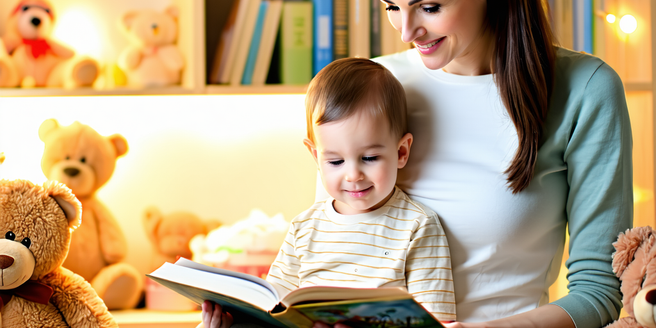
Understanding Positive Discipline Principles
Positive discipline revolves around the concept of guiding children by respecting and understanding their emotions and needs. Instead of focusing on punishment, it emphasizes teaching and encouraging good behaviors through empathy, communication, and problem-solving skills. The core idea is to help children understand the consequences of their actions in a constructive way. Positive discipline aims at fostering mutual respect, building trust, and enhancing the parent-child relationship. By setting clear expectations and involving children in the decision-making process, it promotes self-discipline and responsibility. Effective positive discipline strategies foster an environment where mistakes are viewed as learning opportunities, thereby helping children develop feeling of competence and autonomy which are crucial for their emotional and social growth.
Setting Clear and Consistent Boundaries
Establishing clear and consistent boundaries is essential for effective positive discipline. Children need to know what is expected of them and what the rules are. When boundaries are consistent, children feel more secure as they know what behavior is acceptable and what isn’t. Consistency reinforces understanding and helps avoid confusion, ensuring children have a stable framework within which to operate. Involving children in the rule-making process can be beneficial as it encourages them to take ownership of the rules and understand their importance. Consistent boundaries paired with positive reinforcement guide children toward respectful and responsible behavior. It’s key to communicate these boundaries clearly and adapt them as necessary to suit the evolving developmental needs of the child. This approach leads to a nurturing environment that supports growth and learning.
Using Praise and Encouragement Effectively
Praise and encouragement are vital tools in positive discipline, but they must be used effectively to be successful. Rather than giving generic compliments, specific praise that acknowledges the effort rather than the outcome is more beneficial. Highlighting the process encourages children to develop a growth mindset. For instance, saying, “I am proud of how hard you worked on that project,” emphasizes diligence and effort. Balancing praise with constructive feedback promotes improvement and self-reflection. Encouragement supports children’s intrinsic motivation and confidence, helping them to build resilience and independence. It is important to create authentic and meaningful interactions that validate children’s feelings and recognize their achievements. This fosters a positive sense of self-worth and encourages children to continue engaging in good behavior, maintaining a healthy dynamic in the parent-child relationship.
Implementing Time-In Instead of Time-Outs
Implementing time-in instead of time-outs is a newer concept in positive discipline that shifts the focus from isolation to connection. Time-ins involve guiding children through challenging emotions by staying close and using the time to understand and reflect on what triggered the behavior. This approach helps children feel supported and valued, contrasting the traditional time-out method that could lead to feelings of shame or abandonment. Time-ins provide opportunities for teaching emotional regulation and helping children articulate their feelings. By encouraging open conversations, it equips children with the skills to manage their emotions constructively. Time-ins nurture emotional intelligence and self-awareness, allowing for better management of future behavior. Over time, children learn to seek solutions and develop a sense of responsibility for their actions, thanks to the guidance and support offered during these moments.
Teaching Problem-Solving Skills
Problem-solving skills are a cornerstone of positive discipline, empowering children to handle challenges effectively. Teaching these skills involves encouraging children to think through situations and come up with their own solutions. Providing guided scenarios where children can identify problems and brainstorm potential solutions fosters critical thinking. It’s important to remain supportive and offer guidance when necessary, but ultimately allow children the space to navigate resolving their issues. Discussing problem-solving processes openly, modeling steps, and offering feedback enhances learning. Providing opportunities for children to practice these skills in real-life situations is paramount. As children become more adept, they gain confidence, autonomy, and a greater understanding of how to relate positively to others. This skill set significantly contributes to their social and emotional development and prepares them better for life’s challenges.
Maintaining a Positive and Supportive Environment
Creating and maintaining a positive and supportive environment is crucial for the success of positive discipline strategies. A nurturing environment is built on trust, respect, and open communication. It involves setting an example through positive interactions and modeling the behavior you wish to see. Encouraging positivity means celebrating small victories and recognizing the uniqueness of each child. It involves being attentive and responsive to a child’s needs and feelings, which reinforces their sense of belonging and value. By creating a space where children feel safe and respected, they are more likely to express themselves freely and engage in positive behaviors. This environment supports a child’s learning and growth, provides stability, and strengthens the bond between parent and child. A positive atmosphere also fosters resilience, enabling children to deal with challenges more confidently.
